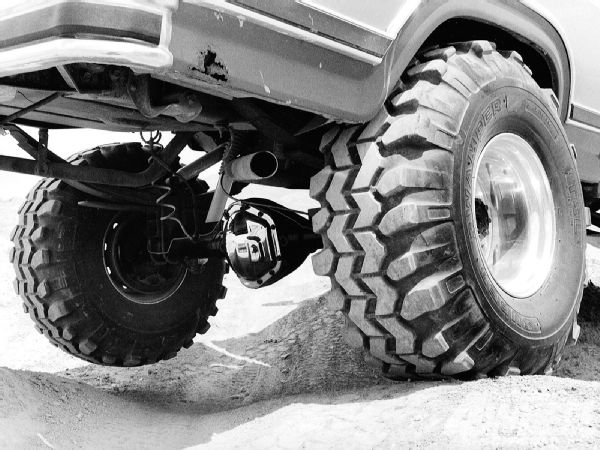
Enough already. Everywhere we go, we hear the same argument: The Dana 60 is the best rear axle. No, the GM Corporate 14-bolt is best. My full-floater can whip your full-floater. Like to see you try. Fine, let's hit the trail!

We talked with axle experts all over the country, including those who make, sell, repair, and build up axles, and those who supply aftermarket parts such as lockers, gears, and upgraded axleshafts. We tried to stick to the facts, just the facts, but it wasn't always easy because brand loyalty is fierce even when it comes to axles. Dana 60 rears have served under Dodges, Fords, GMs, Internationals, and Jeeps. GM Corporate 14-bolts, of course, came from the factory only in Chevys and GMCs.
We'll try to separate the beef from the fat axlewise, starting with a couple of general descriptions and then a comparison of the axles component by component. Hopefully, you'll be able to weigh the pros and cons of both the 60 and the 14-bolt for yourself and pick your own king of the hill.
Ratio 60 14-bolt 3.00-3.08 no no 3.21-3.33 no yes 3.42-3.45 no yes 3.50-3.55 yes no 3.70-3.73 yes yes 3.89-3.92 no no 4.09-4.11 yes yes 4.56-4.57 yes yes 4.86-4.89 yes yes 5.13-5.14 yes yes 5.29-5.38 yes no 5.86-5.89 yes no 6.00-6.50 yes no PhotosView Slideshow













